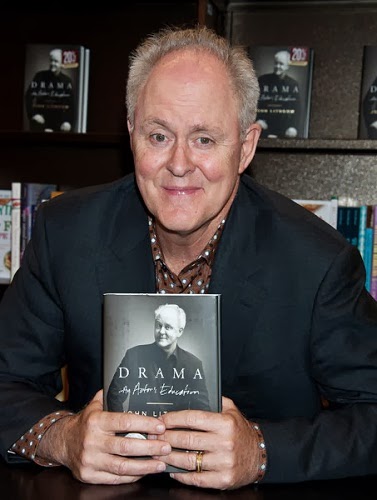The follow-up to the long-awaited Spartan spectacle 300 is finally out, and sadly, so are
the predictable reviews tittering and snickering over its perceived homoeroticism,
just as they did with its predecessor.
When 300 hit
screens in 2006, it spawned gleeful critical fascination with its army of buffed,
loinclothed Greek warriors reveling in a “homoerotic
blood orgy,” as one reviewer called it. Blogger Andrew Sullivan approvingly
quoted a reader who gushed that everyone in the film was gay. In “10
Reasons Why ‘300’ is Gay,” a particularly crude writer for Wired joked that
“the movie’s tagline should have been ‘Prepare for gloryholes’ instead of ‘Prepare
for glory.’” This speaks volumes about such critics’ inability or unwillingness
to appreciate the film’s nobler themes of patriotism, courage, sacrifice, and
the warrior brotherhood.
Now comes 300: Rise of
an Empire, and along with it, reviewers with the same fixation. Ruthless
Reviews calls it “gaygasmic” and confesses, “We all wanted the 300 sidequel
to inspire machismo-challenging ‘Rise of an Erection’ headlines.” The
Wire explained “Why Gay Guys Love the 300
Movies.” Gawker’s
review (and I use the term loosely) was titled “300: Rise of an Empire is Predictably, Hilariously Gay,” and said
that “unspoken homoeroticism functions primarily as comedy, regardless of intention”
(by the way – had that title and quote appeared in a conservative review, it
would have sparked torches-and-pitchforks outrage from the GLAAD crowd).
The fact that critics rub their sweaty palms about the
sexual undertones and ignore or openly despise other, higher values, says much
more about the critics than the movies. The Dissolve
reviewer drooled that, in the new film, the “battle scenes are never more than
a lascivious glance and wink away from being a full-on orgy between muscular
men clad only in tiny leather garments that just barely cover their genitalia.”
Wow. He also said that it “dopily fetishizes brute strength, brotherhood, and
rippling muscles.” Actually, brute strength and brotherhood come in handy in
wartime, and it’s the reviewers who are fetishizing the rippling muscles.
The nearly sole voice of reason about this obsession came
from, surprisingly, a
Slate piece in 2007 about 300. Dismissing
the critics who “dug the movie because of the hot, sweaty men,” Matt Feeney explained
the film’s massive success thusly:
What more plausibly accounts for
this? That 20 million closet cases snuck off to see an illicit fantasy about
bare-chested men in Hellenic Speedos, or that young men from the vast heartland
of this very conservative, Christian, pro-military country flocked to see an
unabashedly heroic tale of Occidental, republican military glory?
Although Feeney probably didn’t intend that latter description
as a compliment, I couldn’t have said it better myself. I personally know
American military servicemen who literally cheered at parts of 300 in the theater. They looked right
past the imagined homoeroticism that has been the focus of many a critic, because
what spoke to them was the warrior ethos on display, the unapologetic
patriotism, the celebration of military courage, honor and service (it also
didn’t hurt that the battle scenes were epic).
Such values are held in contempt today by many reviewers. A RogerEbert.com
reviewer, who called the original movie “relentlessly homoerotic,” hated its “hateful
war-mongering sentiments” despite the fact that historically it was the Persians who were warmongering and the
Spartans who were defending their homeland. Forbes
called it “warmongering propaganda” – in fact, “warmongering” is an even more
common adjective than “homoerotic” in reviews of 300 (“racist” is another popular one, because critics bristle when white
Europeans aren’t the bad guys, regardless of historical fact).
The 300 series may not be great films, but they are greatly
entertaining if you enjoy rousing good-versus-evil celebrations of courage and the
warrior ethos, as I do. And I’m not alone – 300
grossed over $456 million and Rise of an
Empire has earned over half that worldwide in its first ten days. Obsessing
over their sexuality is a sadly limiting way to view them.
(This article originally appeared here on Acculturated, 3/26/14)













